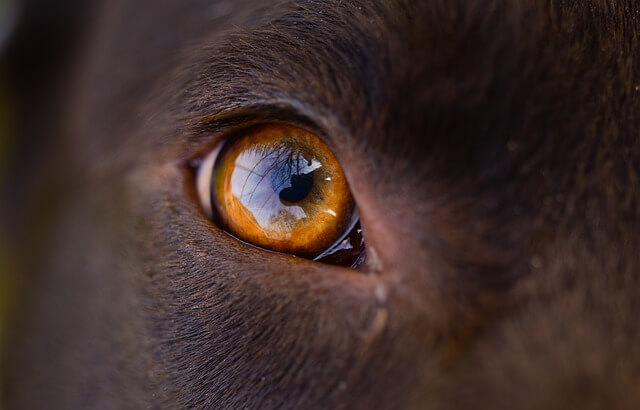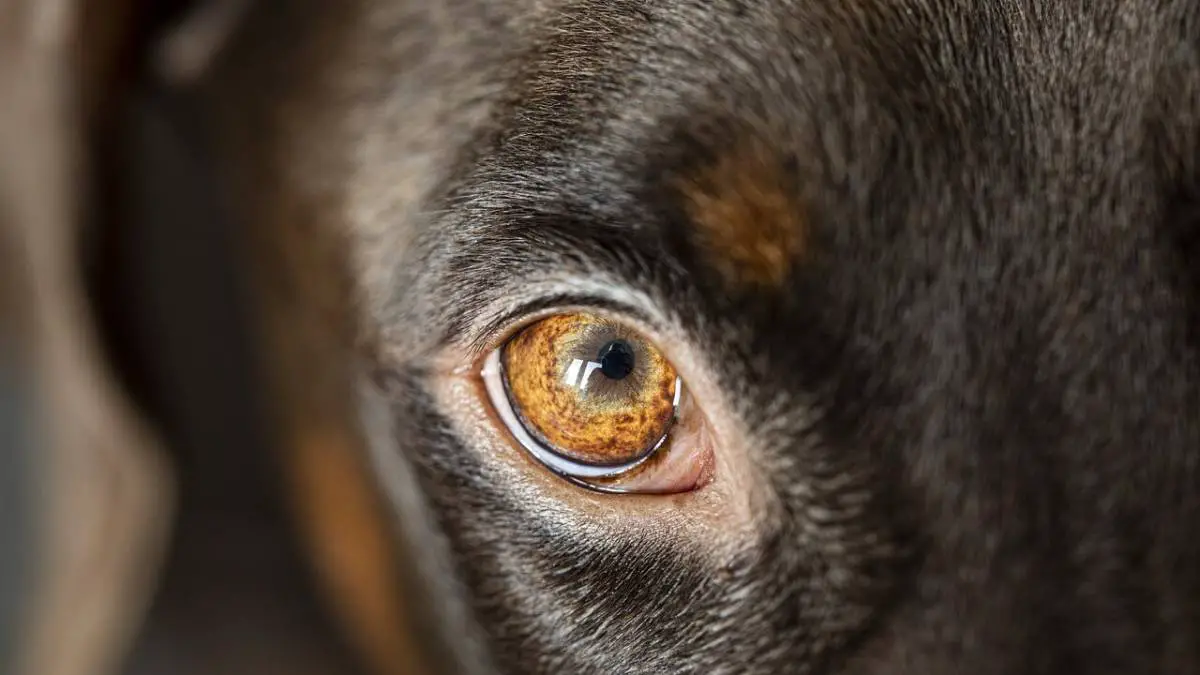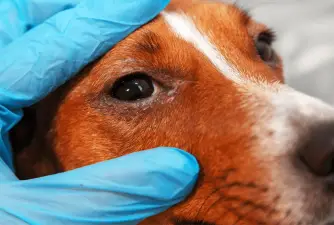Horner's Syndrome in Dogs - What is it & How is it Treated
19.12.2021.
One of the main things dog owners need to do is keep their dogs safe and healthy. That means we give our dog healthy food, activity, and regular vet check, so we can get pretty worried and frustrated when something suddenly happens. This is especially true for our dog’s eyesight. One of the possible conditions dogs can develop is Horner’s syndrome. If you want to know more about it, you can find all the necessary information about Horner’s syndrome below.
What is Horner’s syndrome?
Horner’s syndrome is a neurological disorder. More precisely, it is a neurological disorder of the eyes and facial muscles. In most cases, this condition will affect only one side of the dog’s face, but it can be bilateral, which means both sides are affected.

This explanation can be a bit confusing. The first time we read it, we had to go through it a couple of times. We haven’t fully understood it until our vet explained it like this;
“Horner’s syndrome will affect the nerves inside the dog’s eyes. When they get affected, their connection to the dog’s brain will be out of sync. That means the dog’s eye will stop working properly.”
How can I know if my dog has Horner’s syndrome?
If you’re not a veterinarian, it could be pretty hard to know what condition your dog developed precisely. Most of us will notice something’s wrong with our dog’s eye or eyes and schedule a vet visit. This is probably the best thing to do. However, even vets can have a difficult time diagnosing this syndrome correctly. In many cases, vets call neurology specialists to help them make an accurate diagnosis. The best thing you can do is write down all the symptoms you notice and tell your vet.
VET TIP: Diagnosing Horner’s syndrome is tricky because different conditions cause similar symptoms. One of the conditions that look like Horner’s is uveitis. Your vet should make sure they don’t misdiagnose your dog’s health issue because that can lead to unnecessary treatment.

Symptoms of Horner’s syndrome in dogs
One of the first things your vet will ask you about is what symptoms you noticed in your dog. The more you tell them, the easier their job will be. However, the symptoms of Horner’s are similar to symptoms of other conditions. The most common Horner’s syndrome symptoms in dogs are;
- Ptosis (drooping of the upper eyelid)
- Enophthalmos (the affected eye seems sunken)
- Miosis (the affected pupil will be constricted)
- The third eyelid might appear red or swollen
What causes Horner’s in dogs?
Other than affecting the dog’s eye and eyesight, the worst thing about this condition is that it’s idiopathic. That means that vets don’t fully know why dogs develop this syndrome. They can observe where the nerve was damaged, so we can try to guess what causes Horner’s syndrome, but there are no officially recognized causes in dogs. Here are the three possibilities;
Postganglionic Lesion
Postganglionic lesion means the nerve was damaged between the synapse and the eye. It can happen if the dog has inner ear problems and infections, but most of these lesions have unknown causes.

Preganglionic Lesion
The damage to the nerve happened somewhere between the spinal cord and the synapse. Trauma, chest and neck tumors, or blood clots might cause damage in that area.
Central Lesion
The nerve was damaged before it exited the spinal cord. Spinal cord tumors, trauma, blood clots, and brain tumors can cause that type of damage.
How do vets diagnose it?
We already mentioned that some vets misdiagnose it as uveitis. The good news is that most vets refer the patient to a specialist to treat uveitis. When the dog arrives at a specialist, the specialist might ask for a phenylephrine solution test to check where the damage to the nerve happened. They should start suspecting Horner’s syndrome fairly early. Once they see where the nerve damage ocurred, the specialist might perform MRI, X-rays, ultrasound, or blood work. They will diagnose other issues that might cause Horner’s, but that doesn’t necessarily mean the underlying condition is the cause of Horner’s syndrome.
How is Horner’s in dogs treated?
The truth is that Horner’s syndrome usually resolves itself. If the dog doesn’t have any underlying conditions that might be causing them problems, chances are the vet won’t do anything. Most cases end up completely resolved 1 - 4 months after the diagnosis. However, if there are underlying conditions, the vet should make a plan for treating those. When those problems are resolved, Horner’s syndrome only takes time to heal.

Which breeds can get it?
Unfortunately, all dog breeds with eyes can develop Horner’s syndrome. It doesn’t matter if you have a small, large, pureblooded, or crossbred dog; they can get Horner’s syndrome. However, two dog breeds seem to be responsible for most cases - Golden Retriever and Collie.
What’s the prognosis for dogs with Horner’s syndrome?
The prognosis for dogs with Horner’s syndrome is excellent. As we already said, most cases will resolve themselves, and there isn’t much dog owners or vets have to do to treat it. However, the prognosis can be slightly worse if there are severe underlying conditions, especially tumors, that might cause nerve damage.
World Dog Finder team







Share